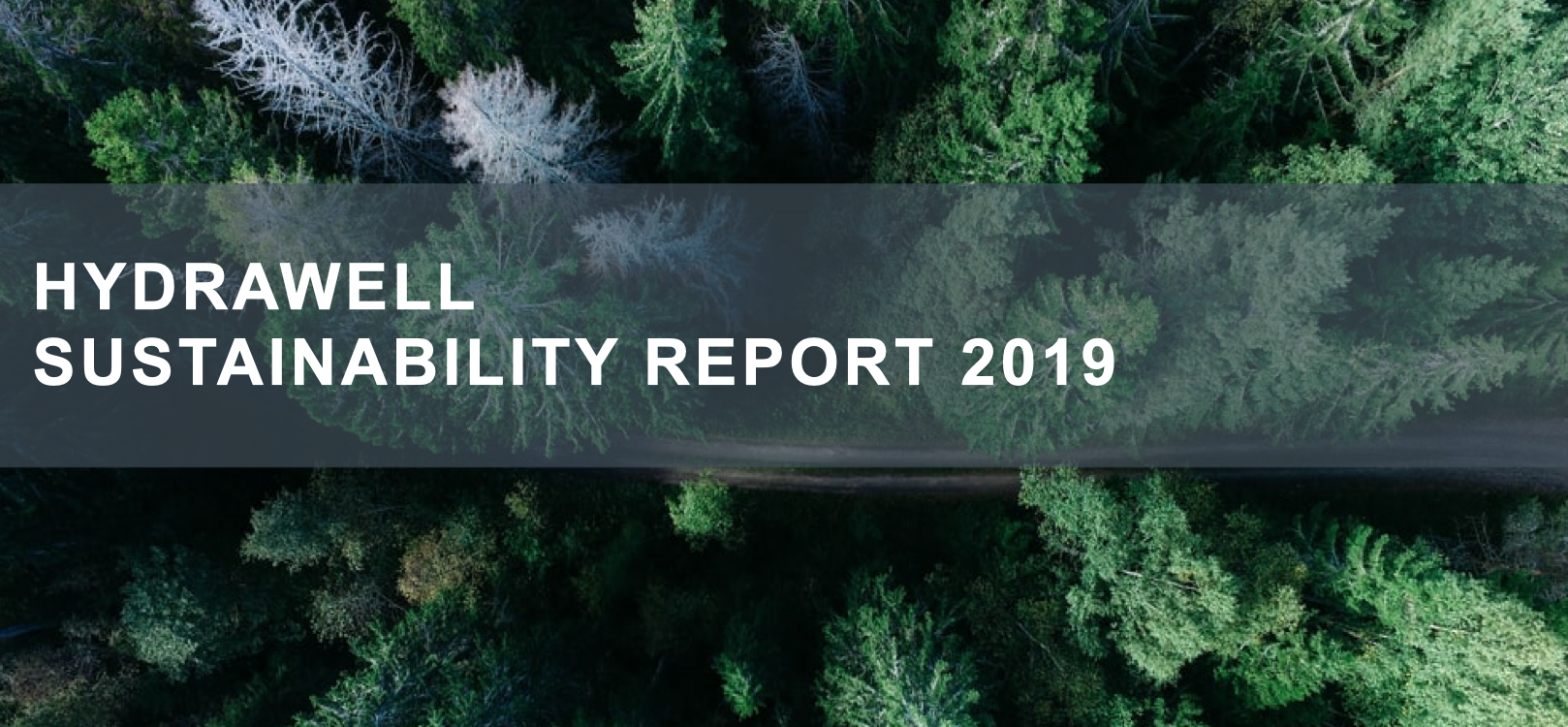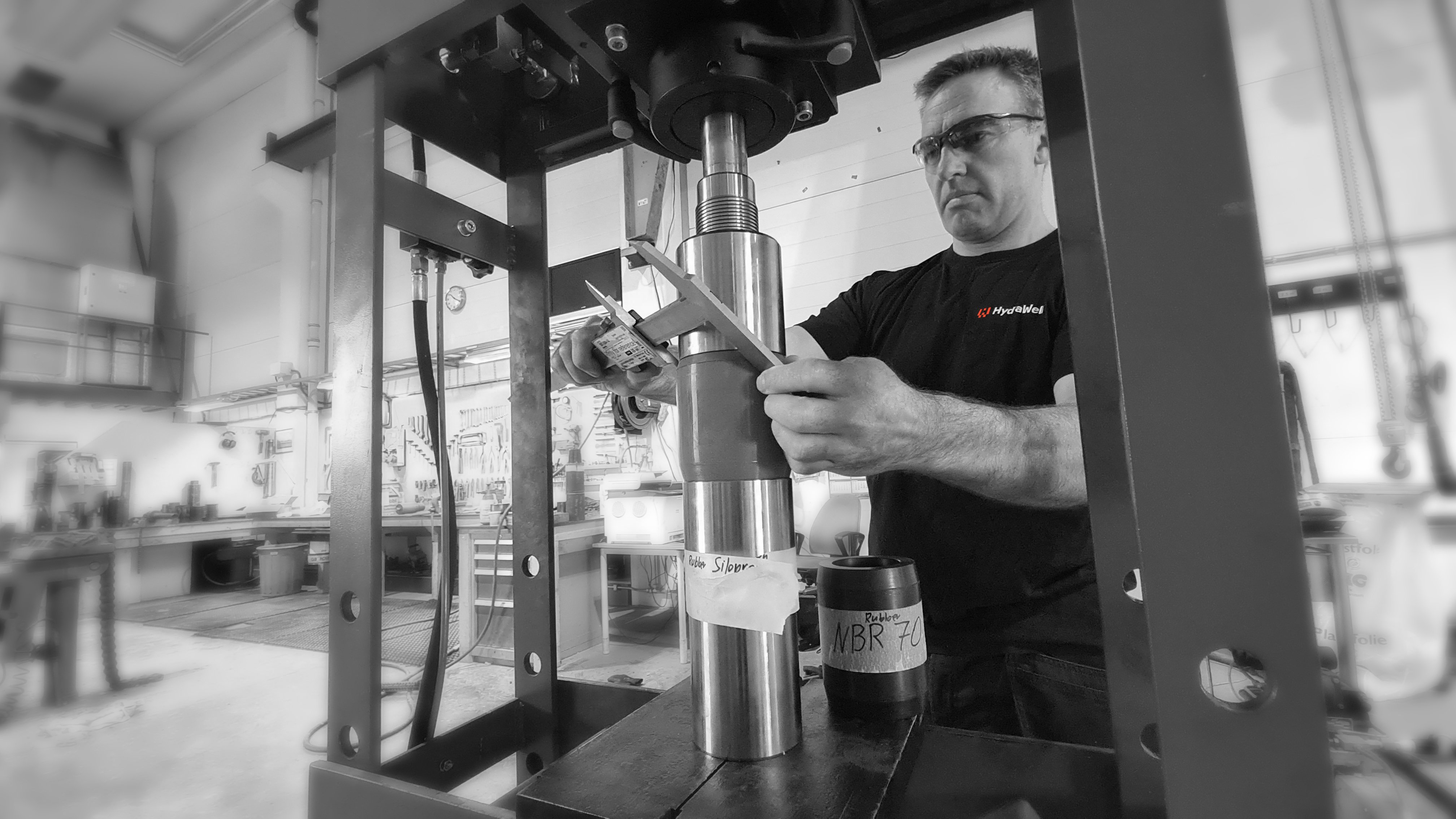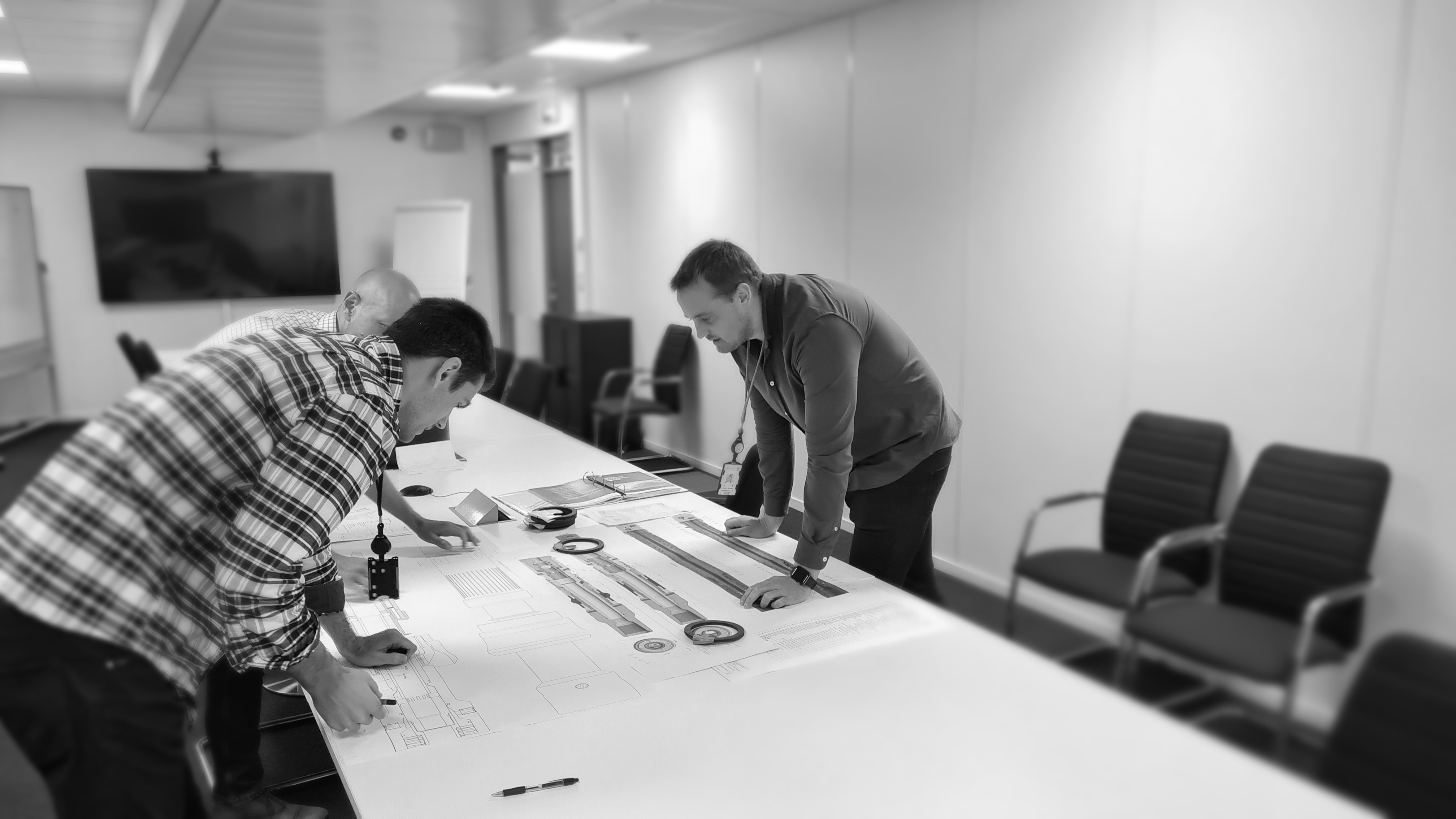Now more than ever, organisations across the world are shifting towards more environmental strategies in a bid to address and improve global sustainability issues. In some respects, the Oil & Gas sector carries an environmentally unsustainable reputation which is derived from the fact that they dominate the world’s oceans and floors, therefore causing a larger impact on the environment than other industries.
But it’s not just extreme activists who are looking to save the planet. The energy sector is taking huge strides towards implementing cleaner technologies and solutions across their operations. Organisations are adapting and embracing environment, sustainability and governance (ESG) initiatives to play their part in achieving Net Zero targets by 2050.
Last year, Oil & Gas UK chief executive Deirdre Michie, said the industry can “find and deliver” solutions to tackle the issue of climate change and would “like to reassure Greta Thunberg, we are listening, because we want the world to be a better place too”. In recent months we have seen several major Operators including BP, Equinor, Shell and Total committing to significant reductions in carbon emissions from their operations.
As a leading well operations service provider, we must ask ourselves; “What can we do to deliver carbon emission and waste reductions?”
In Plug & Abandonment (P&A) specifically, there are two main challenges to actively reduce carbon footprint and minimise environmental impact:
CO2 Reduction
It is estimated that one day of rig time for a semi-submersible rig is in the magnitude of 120MT per day of CO2 emission. This is equivalent to 1 million kilometres of car travel with one passenger. We know that there are significant numbers of wells that require abandonment and these operations require rig time therefore in order to drive down the impact of these activities, we need to reduce the operational time for abandonment. The latest PWC technology and systems can significantly reduce operational execution and the carbon footprint generated by P&A activities by as much as six days. Based on reduced operating times of diesel powered semi-submersible drilling units, that’s 720MT C02 emissions and the equivalent of 6 million kilometres of car travel.
Hazardous Waste Reduction
Again, technology is the key. Alternative, innovative methods will deliver a significant reduction in the waste generated in critical P&A operations being delivered. For example, using traditional techniques such a Section Milling, we generate about 4MT of metal shavings across a 50m section milled. This material then needs to be responsibly disposed of at an onshore waste management site. HydraWell’s PWC® technology results in zero swarf handling requirements.
A step change in performance
HydraWell is focused on relentless improvement of engineering solutions to replace P&A techniques and downhole tooling solutions. Our entire business is built on a desire to re-think existing Well Integrity Operations, push boundaries and discover new solutions and ways of working.
As an inventive solutions provider, we have fully embedded an ESG mindset into our business and technology to reduce our carbon footprint and waste generation. We explore new avenues and bring to market ingenious solutions to increase efficiency, reduce both, operational costs and environmental impact in order to transform well operations.
When delivering downhole isolation barriers, our primary focus is always to ensure that hydrocarbons are kept in place to avoid environmentally damaging spills. This key quality focus has delivered over 350 isolation barriers across the globe to date and in many cases replaced conventional section milling as the preferred choice for isolation barrier placement.
As stated early, our PWC® technology has the potential to reduce the operational sequence by up to six days when compared to the conventional section milling alternative, generate vast Co2 emission reductions. Furthermore, with our technology, zero metal shavings are produced which has a huge positive environmental benefit, as we eliminate transportation needs, pollution risk and landfill capacity.
Our commitment to ESG best practices has been woven into our corporate policies to ensure we monitor and improve on our performance across our technology development projects, operational performance, business activities and facilities management.
We have introduced annual improvement targets that are shared with our stakeholders and encompass energy saving initiatives, reduced travel requirements through IT upgrades and choice of facilities to reduce our own carbon footprint. All our efforts and targets are documented in our annual ESG report.
Every little help, and together with our clients we are doing our bit to add to the bigger picture.
HydraWell Sustainability Report 2019







